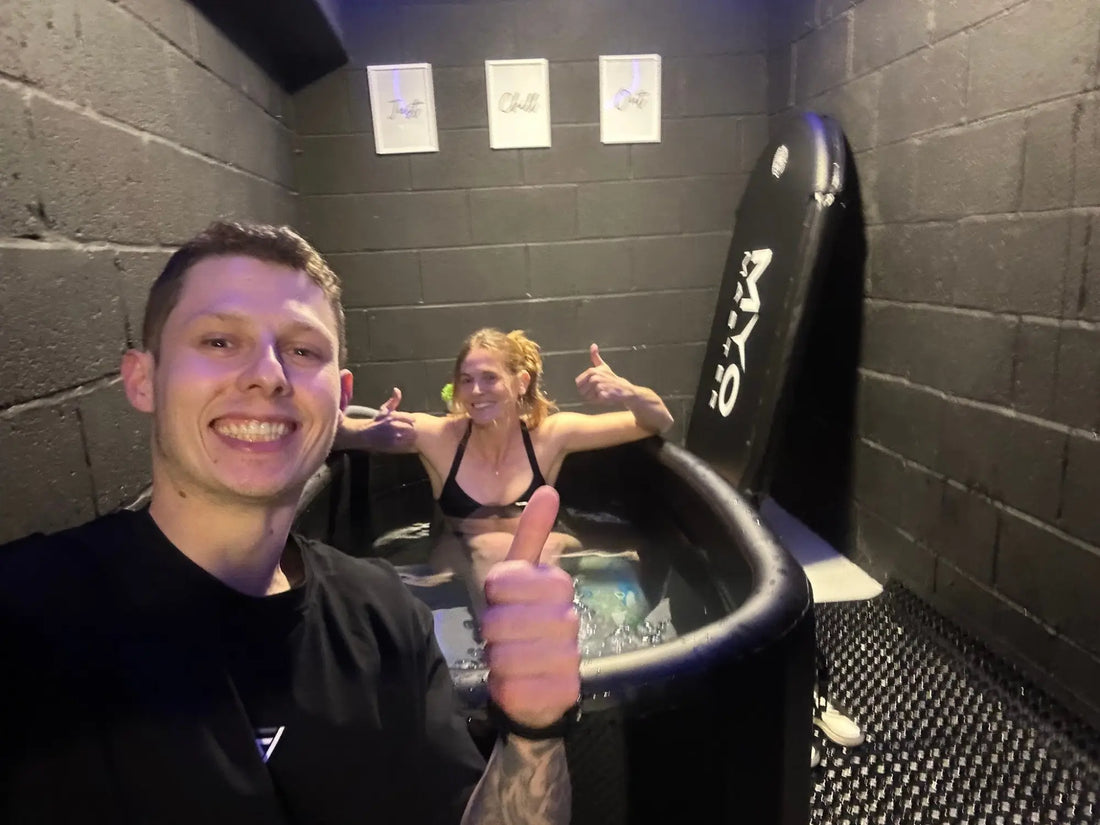
The Power of Cold Therapy: Ice Baths and Their Surprising Benefits
Share
The Power of Cold Therapy: Ice Baths and Their Surprising Benefits
For centuries, cultures around the globe have harnessed the power of cold exposure for its therapeutic effects. From invigorating plunges into icy rivers to modern-day ice baths, cold therapy—also known as cryotherapy—has gained significant traction for its wide range of potential health benefits. This article delves into the surprising advantages of ice baths, highlighting how this accessible practice can support overall well-being for both athletes and wellness enthusiasts.
What is Cold Therapy (Cryotherapy)?
Cold therapy involves exposing the body to low temperatures, commonly through ice baths, cold showers, or localized ice packs. This exposure activates a series of physiological responses that may offer numerous health improvements. Immersing your body in an ice bath, typically filled with water cooled to 10-15°C (50-59°F), triggers these benefits within a controlled timeframe tailored to individual tolerance. By leveraging cold exposure for mental well-being and physical recovery, many people find increased resilience and overall vitality.
Surprising Benefits of Ice Baths:
Reduced Muscle Soreness and Inflammation: A primary attraction of ice baths is effective muscle soreness reduction after strenuous activity. The cold causes blood vessels to constrict, slowing blood flow to the affected muscles and thereby limiting swelling and easing discomfort. Athletes often notice relief from post-exercise soreness and quicker return to activity thanks to this process.
Improved Recovery Time: Decreasing inflammation and mitigating muscle tissue damage contributes to faster recovery. This allows individuals to maintain their training routines with less downtime, offering a practical solution for anyone seeking peak performance and longevity in their fitness journey.
Enhanced Circulation: Although initial cold exposure prompts blood vessels to narrow, once you leave the ice bath, your body works vigorously to rewarm itself. This leads vessels to dilate, resulting in improved circulation, better nutrient delivery to tissues, and more efficient removal of metabolic waste. Over time, this cycle can support vascular health and optimize the body's natural repair processes.
Boosted Immune System: Research indicates that repeated cold immersion may stimulate an increase in white blood cell production—crucial for combatting infection. The stress encountered during cold exposure trains your immune system to respond more effectively, possibly leading to fewer illnesses and stronger defenses.
Improved Mental Well-being: Sudden submersion in icy water triggers the release of endorphins, potent neurochemicals that naturally elevate mood. For many, this translates into immediate stress relief, an uplift in mental clarity, and reduction in symptoms of anxiety or depression. Embracing cold exposure for mental well-being can be a transformative element of self-care.
Weight Management: Emerging studies connect cold therapy with stimulation of brown adipose tissue (BAT), a special type of fat that burns energy to generate heat. This increased metabolic activity can aid in calorie expenditure, providing potential support in managing weight alongside a balanced lifestyle.
Increased Alertness and Energy: Immersing yourself in cold water shocks the body and rapidly boosts adrenaline and noradrenaline levels—hormones associated with alertness and focus. Many report a surge of energy and heightened performance following an ice bath, making it a valuable tool for those seeking both physical and cognitive enhancement.
How to Take an Ice Bath Safely:
It’s important to approach ice baths methodically to maximize benefits while minimizing risks. Begin with brief immersion times (such as 1-2 minutes) and increase gradually as your adaptation improves. Always ensure supervision, particularly during your initial sessions. Pay close attention to bodily feedback; discontinue if you encounter excessive discomfort or alarming symptoms. Good hydration before, during, and after is essential to maintain safety and achieve optimal results.
Who Should Avoid Ice Baths?
Ice baths are not recommended for everyone. People managing cardiovascular issues, Raynaud's phenomenon, or uncontrolled hypertension should seek medical guidance before considering cold immersion. Likewise, pregnant women are advised against using ice baths due to potential circulatory stresses.
Conclusion:
Ice baths represent a powerful, convenient approach to physical and mental wellness. With carefully managed use, this practice can facilitate muscle soreness reduction, accelerate recovery, strengthen your immune system, and enhance overall mental clarity. By adopting cold therapy under appropriate guidance, individuals can experience the surprising benefits of ice baths and unlock greater health and vitality.